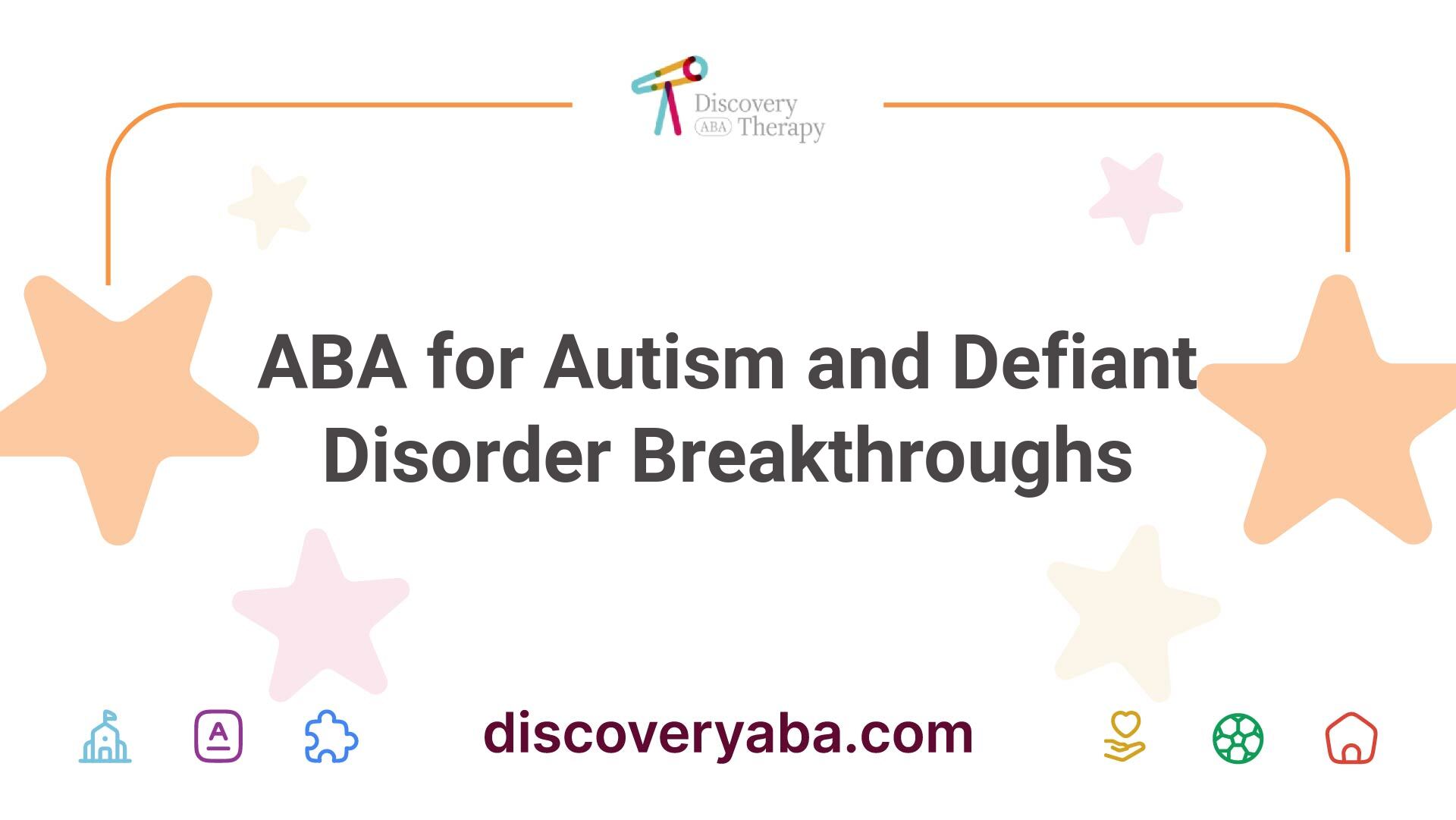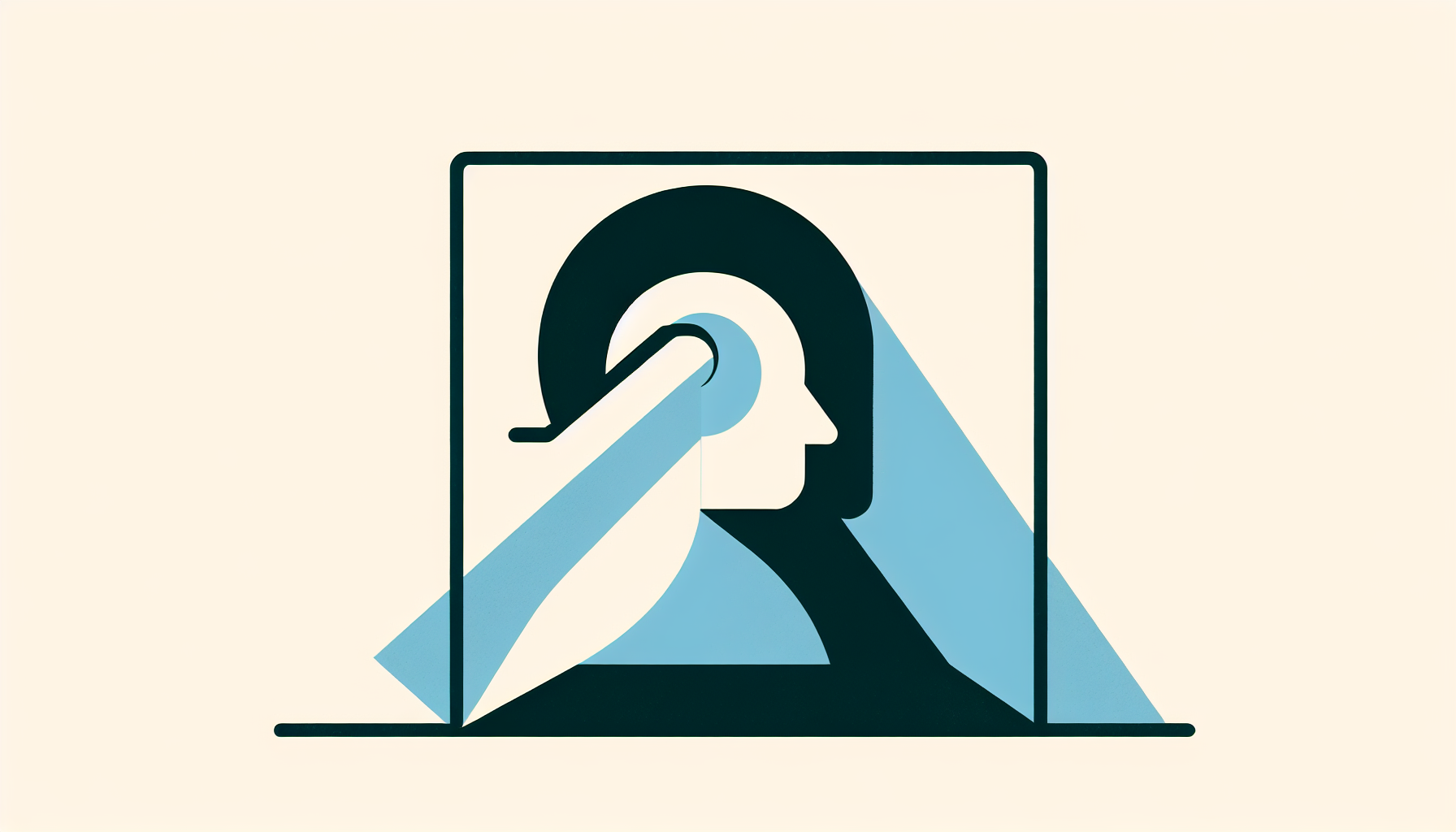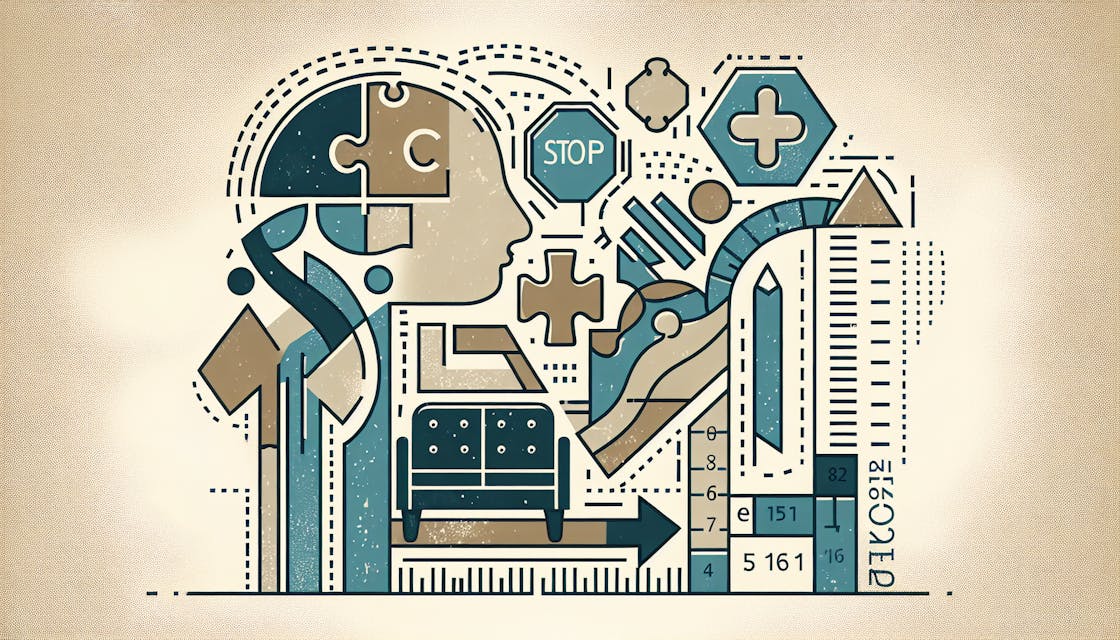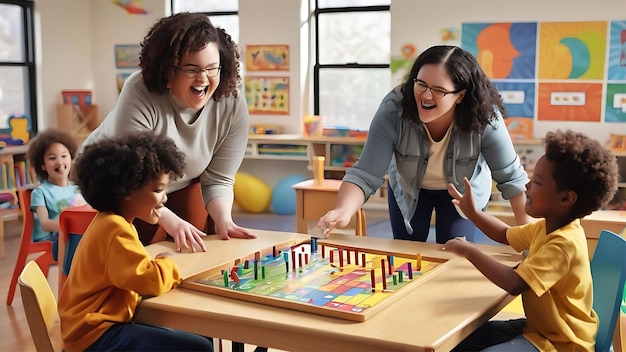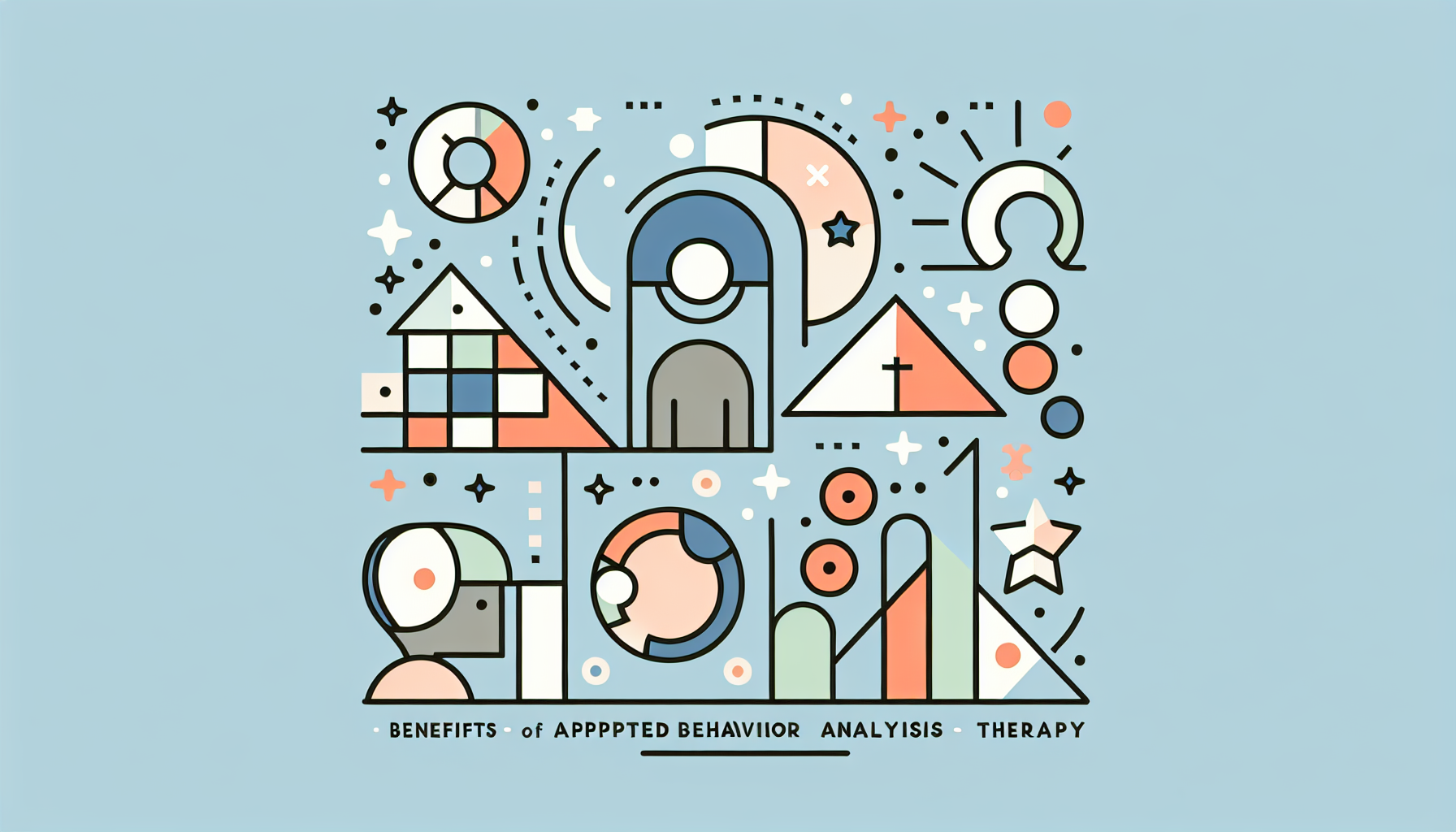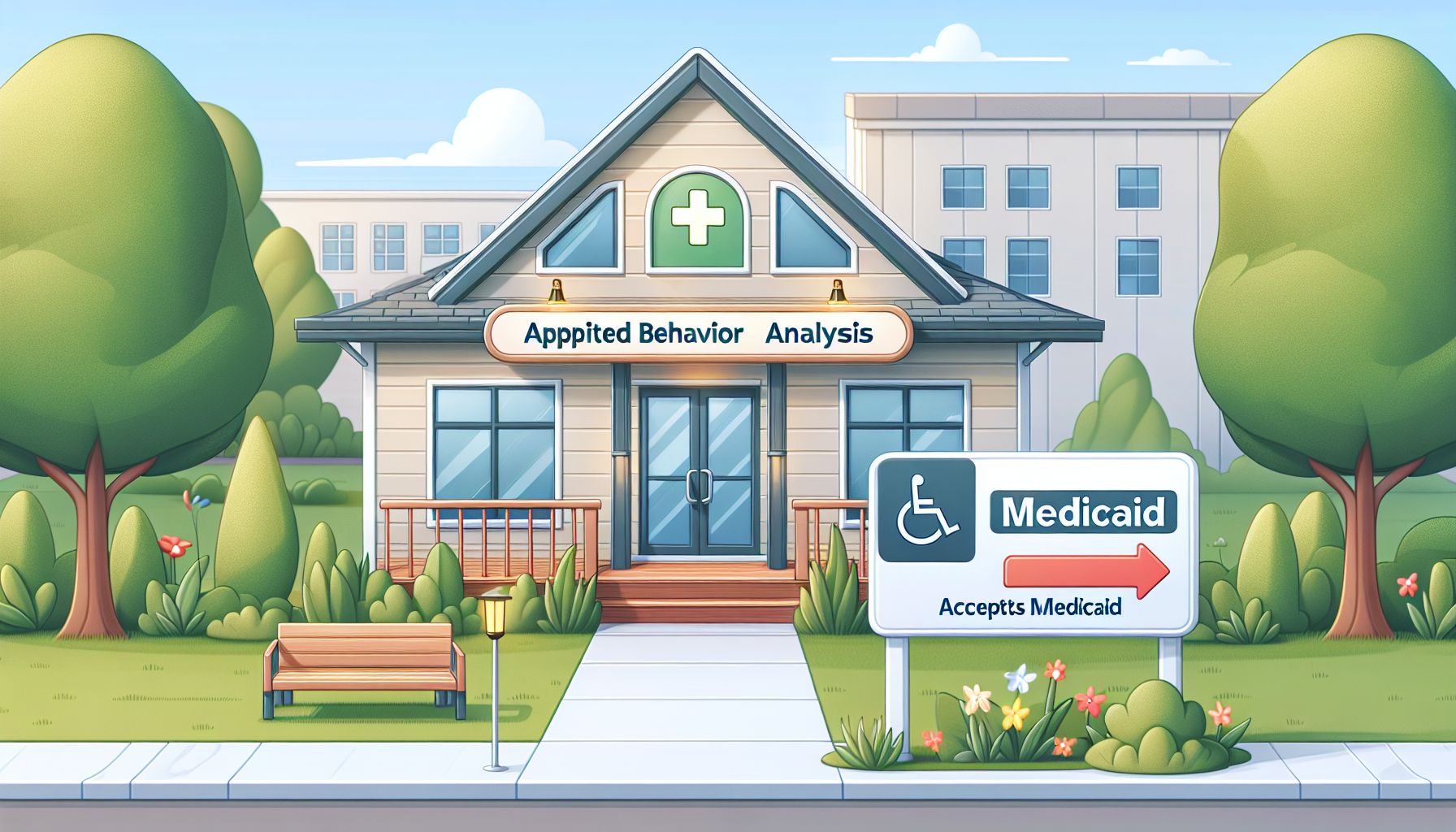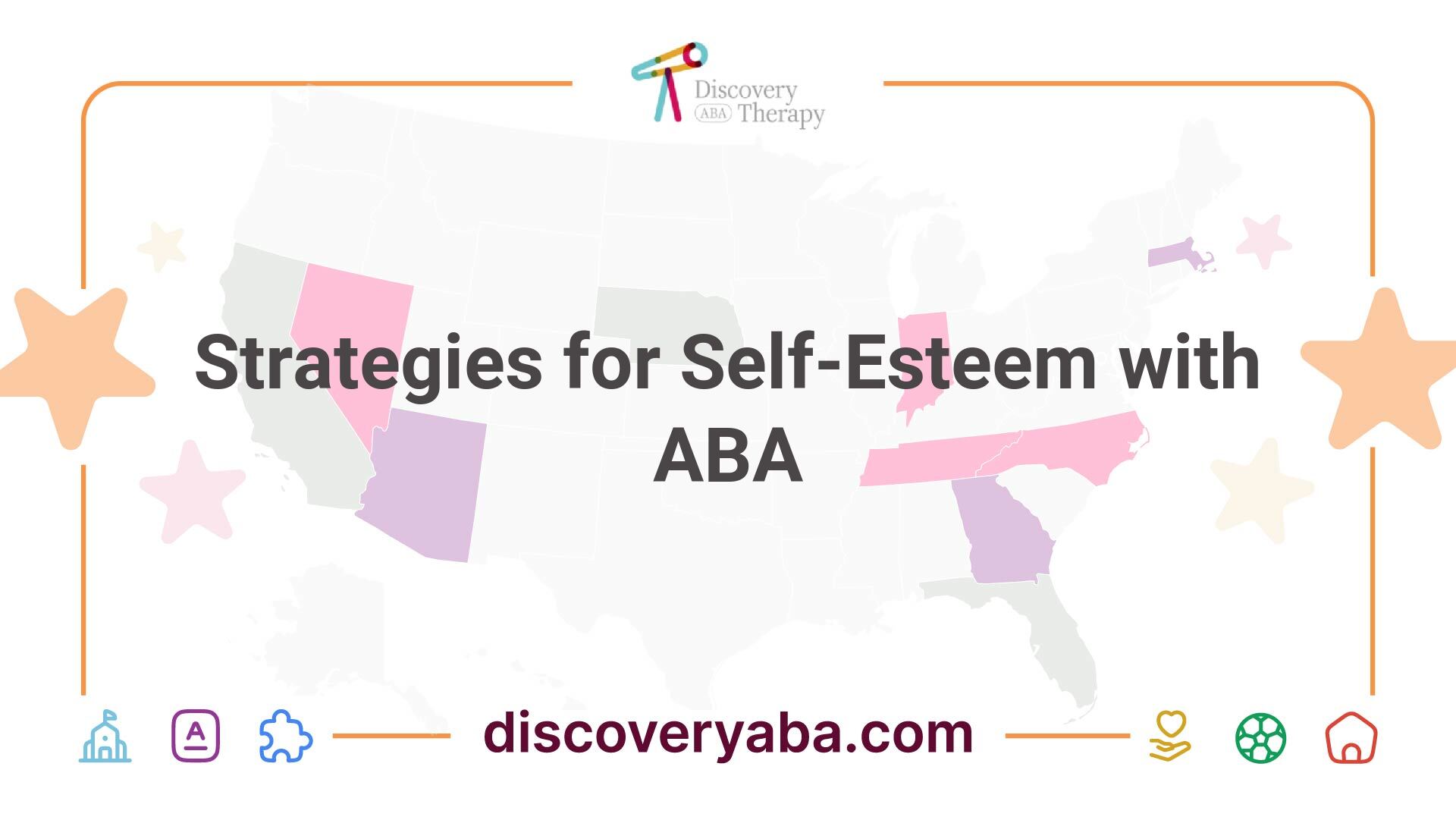Key Brain Balance Exercises for Autism
Unlocking potential with brain balance exercises for autism. Discover the science-backed techniques for growth and development.
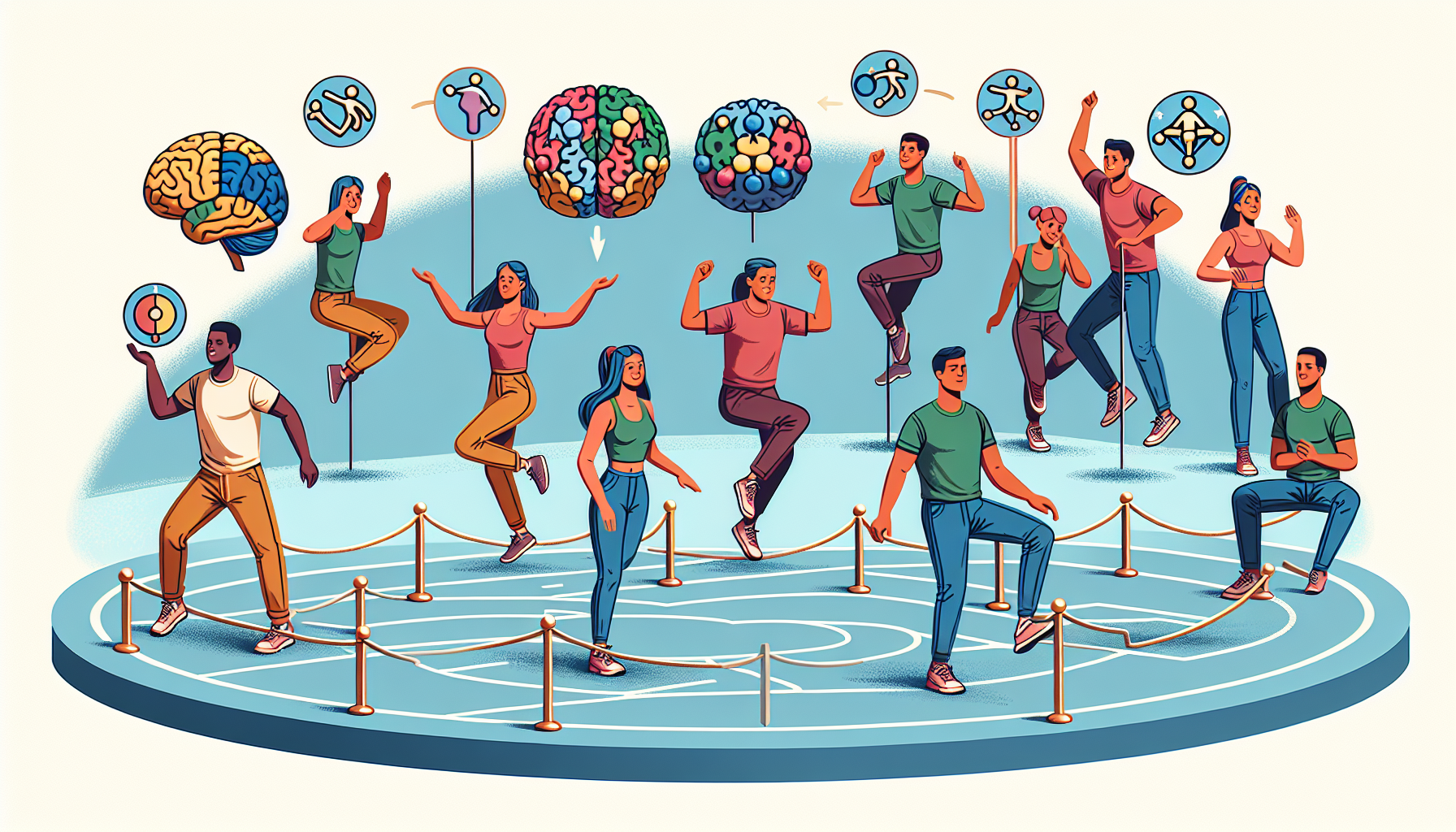
Understanding Brain Balance Exercises
Brain balance exercises play a crucial role in addressing cognitive, attentional, and emotional issues in individuals with developmental difficulties, particularly autism. These exercises aim to improve areas of immature connectivity in the brain, leveraging its malleability to create changes in brain connectivity and development. By enhancing brain connectivity, these exercises can help individuals with autism overcome challenges related to focus, behavior, academics, and socialization.
Importance of Brain Connectivity
Challenges in areas such as focus, behavior, academics, or socialization in individuals with autism are often associated with areas of immature connectivity in the brain. Brain balance exercises aim to address these areas of immature connectivity by stimulating and strengthening neural pathways. As a result, individuals with autism may experience improvements in various aspects of their functioning, including cognitive performance, attentional functioning, and emotional well-being.
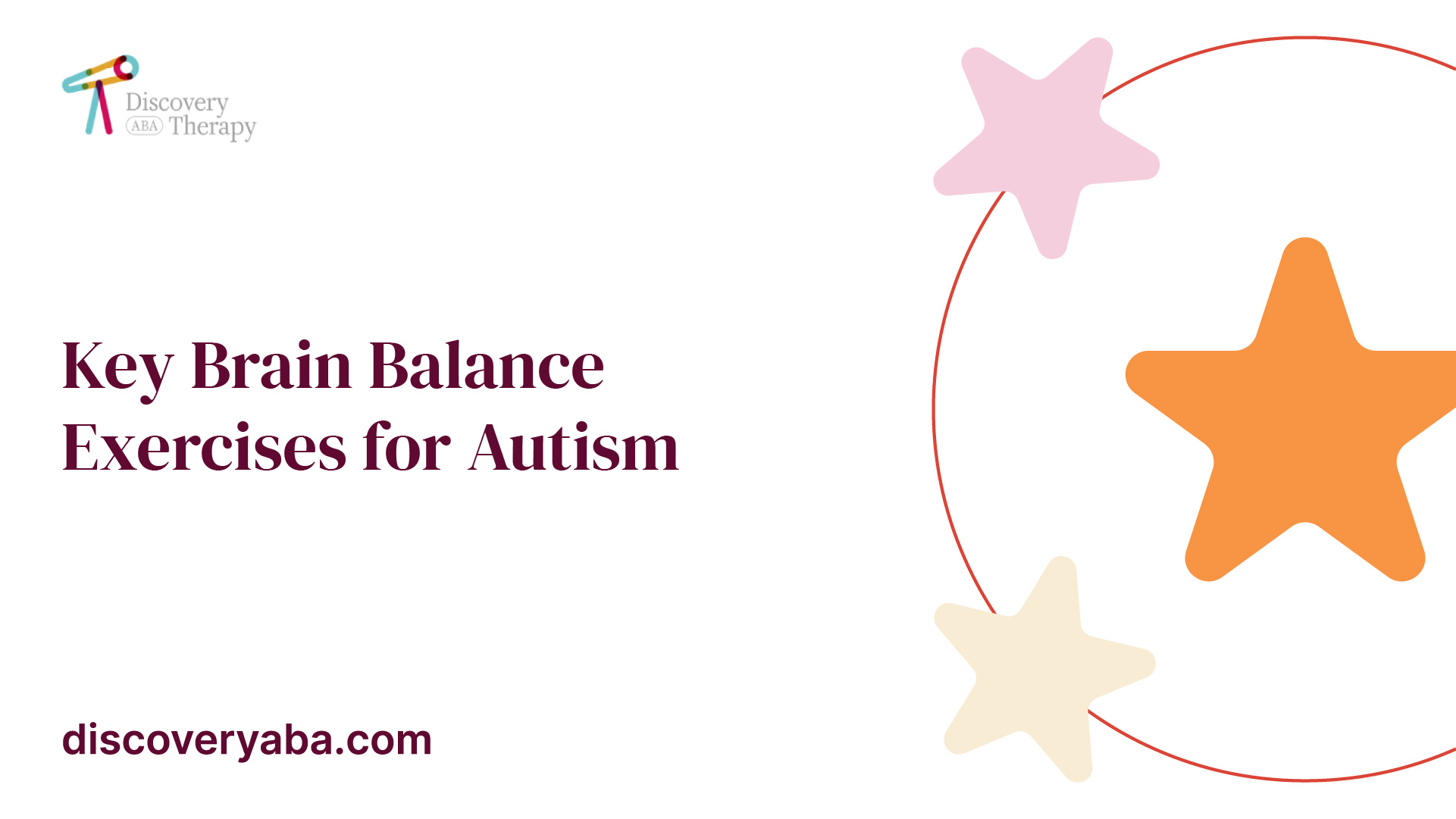
Benefits of Brain Balance Exercises
Brain balance exercises offer a range of benefits for individuals with autism. These exercises contribute to improvements in fine motor skills, gait and aerobic ability, proprioception, rhythm and timing, and eye-gaze stability. They also help reduce primitive reflexes that may interfere with motor development. By targeting these areas, brain balance exercises can enhance overall motor skills and coordination, allowing individuals with autism to navigate their environment more effectively.
In addition to motor skills, brain balance exercises have a positive impact on cognitive functioning. They have been shown to improve reading and writing difficulties, reduce hyperactive and disruptive behavior, address academic disengagement, and enhance social communication skills. These exercises promote cognitive improvements, which can lead to better academic performance and overall cognitive functioning in individuals with autism.
Furthermore, brain balance exercises have been found to significantly enhance negative emotionality, contributing to improved emotional well-being in individuals with autism. By addressing emotional challenges, these exercises can help individuals with autism regulate their emotions and experience greater emotional stability.
In summary, brain balance exercises play a crucial role in improving brain connectivity and addressing cognitive, attentional, and emotional issues in individuals with autism. These exercises have shown significant benefits, including improvements in fine motor skills, gait and aerobic ability, proprioception, rhythm and timing, and emotional well-being. By incorporating brain balance exercises into a comprehensive treatment program, individuals with autism can enhance their developmental outcomes and improve their overall quality of life.
Impact of Brain Balance on Development
Brain balance exercises have shown significant impact on the development of individuals with developmental difficulties, including those with autism. These exercises target brain connectivity and have been found to enhance cognitive abilities and emotional well-being.
Cognitive Improvements
Participating in brain balance exercises has been associated with improvements in cognitive performance and attentional functioning. The Brain Balance program aims to engage the brain and body to improve brain function, leading to enhancements in daily life activities, mood, memory, focus, behavior, social skills, and relationships. Research studies have shown that children and adolescents who have participated in the program experienced improvements in hyperactivity, cognitive attention, reasoning, verbal ability, and concentration.
Emotional Well-being Enhancements
Brain balance exercises have also been found to positively impact emotional well-being. The Brain Balance program has demonstrated significant improvements in negative emotionality, reducing symptoms of ADHD, and enhancing behavioral and social communication skills in individuals with developmental difficulties. By targeting brain connectivity, these exercises contribute to positive changes in areas such as attention, decision-making, comprehension, and executive functioning, leading to improvements in daily life activities, mood, memory, and behavior.
Research studies have also shown the benefits of brain balance exercises on specific aspects of development. For example, a study analyzing postural stability in children with autism spectrum disorder (ASD) after three months of physical therapy exercises based on balance training found significant improvements in postural stability parameters, including a significant decrease in the surface of the confidence ellipse and curve length described by the pressure center. These results indicate an improvement in postural stability, which is an essential component of overall motor and coordination skills.
The positive impact of brain balance exercises on cognitive and emotional well-being highlights the potential of these exercises in promoting development and improving the lives of individuals with developmental difficulties, including those with autism.
Components of Brain Balance Program
The Brain Balance program incorporates three key components: academic tutoring, sensory-motor training, and nutritional guidance. While the program aims to address developmental difficulties and improve cognitive performance, attention, and mental well-being in individuals with autism, it is important to note that these components lack empirical evidence and are considered pseudoscientific or unproven. Let's explore each component in more detail:
Academic Tutoring
Academic tutoring is a crucial aspect of the Brain Balance program. It focuses on addressing any learning challenges or difficulties in individuals with autism. The program provides personalized tutoring to help improve skills in areas such as reading, writing, math, and comprehension. By tailoring the tutoring to the individual's specific needs, the program aims to enhance academic performance and build confidence in these areas.
Sensory-Motor Training
Sensory-motor training is another fundamental component of the Brain Balance program. This training utilizes a combination of physical, sensory, and cognitive activities to enhance brain connectivity and address challenges related to focus, behavior, academics, or socialization in individuals with autism. According to Apex ABA, the program has shown significant improvements in sensory motor skills, including fine motor skills, gait and aerobic ability, proprioception, rhythm and timing, and eye-gaze stability.
The sensory-motor training in the program aims to improve coordination, balance, and body awareness. Through various exercises, individuals are encouraged to engage in activities that target specific areas of development, promoting integration between the sensory and motor systems.
Nutritional Guidance
Nutritional guidance is an integral part of the Brain Balance program. The program recognizes the potential impact of nutrition on brain development and function. It provides guidance on a balanced diet, emphasizing the importance of consuming nutrient-rich foods and avoiding potential triggers or allergens that may affect an individual's well-being.
The nutritional guidance component of the program aims to support overall health and well-being, which can indirectly influence cognitive and behavioral functioning. By focusing on a nutritious diet, individuals may experience improvements in energy levels, mood stability, and overall cognitive function.
While the Brain Balance program incorporates these components to address developmental difficulties and enhance well-being in individuals with autism, it is important to consider the lack of empirical evidence and the perspective of professional organizations regarding its effectiveness. It is always recommended to consult with healthcare professionals and consider evidence-based treatments when exploring options for individuals with autism.
Effectiveness of Brain Balance Program
When it comes to addressing the unique challenges faced by individuals with autism, the Brain Balance program, which incorporates brain balance exercises, has shown promise in improving developmental outcomes. Through a combination of cognitive training, sensory-motor activities, and nutritional guidance, this program aims to engage the brain and body to enhance brain function and daily life activities.
Research Findings
Research studies have provided insights into the effectiveness of the Brain Balance program for individuals with developmental difficulties, including autism. These studies have demonstrated positive results in various areas:
- Reduction in ADHD Index Scores: Participants in the program have shown a significant reduction in ADHD index scores, indicating improvements in attention and focus.
- Improved Hyperactivity: The program has been associated with improvements in hyperactive and disruptive behaviors, leading to more balanced behavior and increased self-regulation.
- Cognitive Attention Enhancements: Children who completed three months of the program displayed enhancements in cognitive attention, reasoning, verbal ability, and concentration [2].
- Reduction in Oppositional Behavior: The program has shown success in reducing oppositional behavior among participants, leading to improved social interactions and relationships.
Improvement in Developmental Outcomes
The Brain Balance program has a holistic approach to address developmental difficulties associated with autism. The program aims to improve brain function, which in turn positively impacts various areas of daily life:
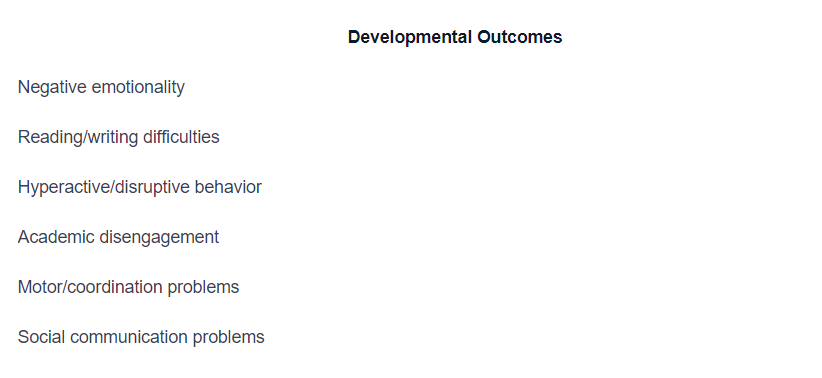
Participants in the Brain Balance program have shown significant improvements in these areas, leading to enhanced overall well-being and quality of life. The program's impact is not limited to a single aspect but encompasses attention, decision-making, comprehension, and executive functioning.
It's important to note that while the research findings and improvements in developmental outcomes are promising, individual results may vary. The Brain Balance program should be considered as part of a comprehensive approach to support individuals with autism, in conjunction with other therapeutic interventions and professional guidance.
Implementing Brain Balance Exercises
To effectively implement brain balance exercises, it is essential to consider the duration of the program and the importance of personalized coaching and support.
Duration and Progress Tracking
The Brain Balance Program, designed to improve brain function and connectivity, offers two implementation options: in-person sessions at a local center or an at-home, parent-led program with virtual instruction and weekly coach sessions. The minimum duration of the program is three months, although it can extend beyond this timeframe depending on the individual's needs and progress [2].
Regular progress reports are provided throughout the program to track the participant's development and showcase improvements made in various areas. These reports serve as valuable tools for both the participant and their support team, allowing them to monitor progress, identify areas of improvement, and make necessary adjustments to the program.
Personalized Coaching and Support
A key aspect of the Brain Balance Program is the provision of personalized coaching and support. Each individual's program is tailored to their specific needs, ensuring that the exercises and activities are appropriate for their developmental goals and challenges. Virtual coaching sessions are provided to guide parents in implementing the exercises effectively and to address any questions or concerns that may arise.
The personalized coaching and support offered by the Brain Balance Program play a crucial role in maximizing the participant's progress. The guidance provided by trained professionals helps parents and caregivers navigate the program, ensuring that the exercises are performed correctly and consistently. This support system also allows for ongoing communication and collaboration between the participant's support team and the Brain Balance team, facilitating a holistic approach to the individual's development.
By implementing brain balance exercises through a combination of dedicated duration and personalized coaching and support, individuals can experience the full benefits of the program. The duration of the program, along with regular progress tracking, allows for a comprehensive understanding of the individual's progress and areas of improvement. Additionally, the personalized coaching and support ensure that the exercises are tailored to the individual's needs, maximizing their developmental outcomes.
Criticisms and Controversies
While the concept of brain balance exercises for autism may sound promising, it is important to consider the criticisms and controversies surrounding this approach. Two key areas of concern are the lack of empirical evidence and the perspectives of professional organizations.
Lack of Empirical Evidence
One of the main criticisms of brain balance exercises for autism is the lack of empirical evidence supporting their effectiveness. Brain Balance claims that weak connections between the left and right hemispheres of the brain, known as "functional disconnection syndrome," contribute to the common characteristics of Autism Spectrum Disorder (ASD) and related disorders. However, this theory is not medically recognized, and there is a lack of empirical evidence to support it.
Studies evaluating the Brain Balance program and its treatment components have faced criticism for their methodological flaws and lack of quality research design. The most recent completed study found statistically significant gains on cognitive tests for participants in the test group compared to the control group. However, the study's design did not establish a causal relationship between the treatment and the outcomes, and methodological flaws were identified.
On the National Autism Center's Scientific Merit Rating Scale, none of the studies evaluating Brain Balance scored above a 2, indicating a lack of quality empirical evidence. It is important to approach any treatment approach with caution and rely on evidence-based practices supported by rigorous scientific research.
Professional Organizations' Perspectives
Several professional organizations have also expressed skepticism about the effectiveness of Brain Balance and its treatment components. For example, the Wisconsin Department of Health Services Autism and Other Developmental Disabilities Treatment Intervention Advisory Committee and the National Autism Center do not consider Brain Balance to be a proven and effective treatment. These organizations have concluded that Brain Balance lacks sufficient empirical support.
It is important to consult with healthcare professionals and experts in the field of autism when considering treatment options. Professional organizations provide valuable guidance based on current research and evidence-based practices. While individual experiences and testimonials may exist, it is essential to prioritize treatments that have been scientifically validated and supported by reputable professional organizations.
By considering the lack of empirical evidence and the perspectives of professional organizations, individuals can make informed decisions about the suitability of brain balance exercises for autism as part of their overall treatment plan. It is important to prioritize evidence-based practices that have demonstrated effectiveness in improving developmental outcomes for individuals with ASD.
References
- https://www.crossrivertherapy.com/autism/brain-balance-exercises-for-autism
- https://www.brainbalancecenters.com/blog/how-does-the-brain-balance-program-work
- https://www.ncbi.nlm.nih.gov/pmc/articles/PMC9406473/
- https://asatonline.org/for-parents/becoming-a-savvy-consumer/is-there-science-behind-that-brain-balance/
Find More Articles
Contact us
North Carolina, Tennessee, Nevada, New Jersey, Utah, Virginia
New Hampshire, Maine
Massachusetts, Indiana, Arizona, Georgia
.avif)





























%2520(1).jpeg)































.jpeg)














